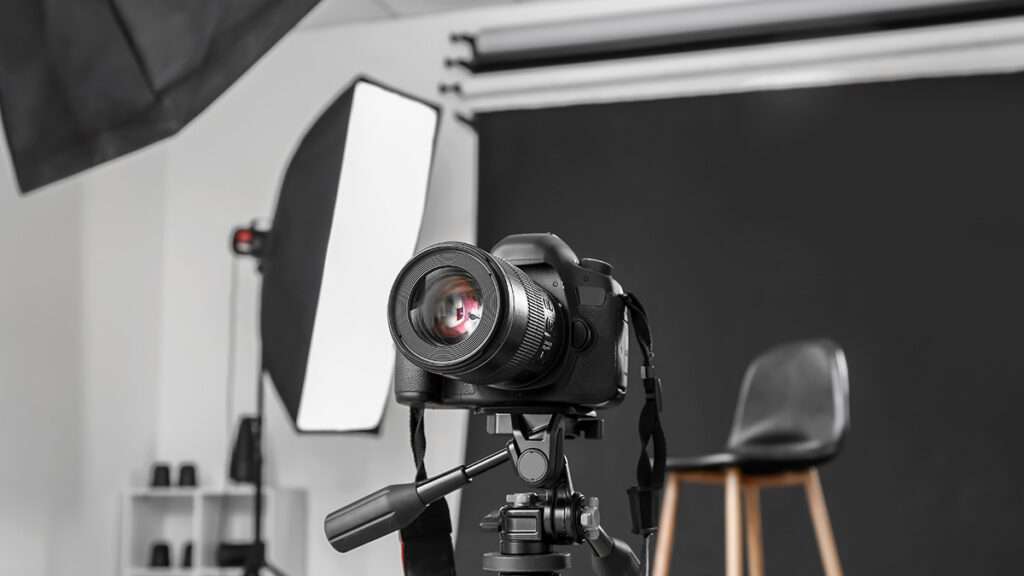As a photographer with a background in web development, I’ve noticed something interesting about learning. In the world of learning code via YouTube and other resources, there’s a term called “Tutorial Hell.” It describes a situation where people get stuck watching endless tutorials without ever putting what they’ve learned into practice. They gather tons of information but never really get anywhere with their skills. The same concept applies to portrait photography. Reading about lighting techniques and taking courses can be helpful, but real progress doesn’t happen without hands-on practice.
Why Practice is More Effective (Than Learning Alone)
Hands-on experience offers a level of understanding that that you can’t get with theory alone. When you actually practice lighting techniques (read: set up shots yourself), you get immediate feedback and learn how to adjust for better results. You learn from making mistakes.
By the way, you’re not going to have the same type of experience going to a group workshop where an expert sets everything up and attendees just snap photos.
Practice also helps build muscle memory and an ability to set up your lights and estimate light and camera settings based on experience. By just working with your lights and different setups, you develop a kind of instinct for what works and what doesn’t. Working with your equipment becomes second nature over time.
Tips for Structured Learning and Practice
![]() Start with the Basics: Understand key lighting concepts like key light, fill light, and back light. Practice basic lighting setups such as Rembrandt, butterfly, short, and broad lighting.
Start with the Basics: Understand key lighting concepts like key light, fill light, and back light. Practice basic lighting setups such as Rembrandt, butterfly, short, and broad lighting.
![]() Take Notes: Document each session (including practice and experimentation sessions). Jot down your settings, setup diagrams, and thoughts on the results.
Take Notes: Document each session (including practice and experimentation sessions). Jot down your settings, setup diagrams, and thoughts on the results.
![]() Seek Feedback: Join photography groups or online communities to share your work. Ask for advice, critiques, etc. but remember that someone else’s opinion isn’t necessarily something you should take to heart.
Seek Feedback: Join photography groups or online communities to share your work. Ask for advice, critiques, etc. but remember that someone else’s opinion isn’t necessarily something you should take to heart.
![]() Recreate Inspiring Shots: Analyze portraits from professional photographers that inspire you, then try to recreate similar lighting setups to understand their techniques.
Recreate Inspiring Shots: Analyze portraits from professional photographers that inspire you, then try to recreate similar lighting setups to understand their techniques.
![]() Experiment and Innovate: Play with unconventional lighting techniques to see what effects you can create. Combine different light sources and modifiers to develop your style.
Experiment and Innovate: Play with unconventional lighting techniques to see what effects you can create. Combine different light sources and modifiers to develop your style.
Make sure you don’t get stuck in the photographers’ version of “Tutorial Hell,” and get out there and practice with your lights and camera. You’re going to learn so much faster if you just start putting your photo education into practice.
Loved this tip? Here's something else you might like:
👉 Free 10-Min. Guide to Off-Camera Flash


